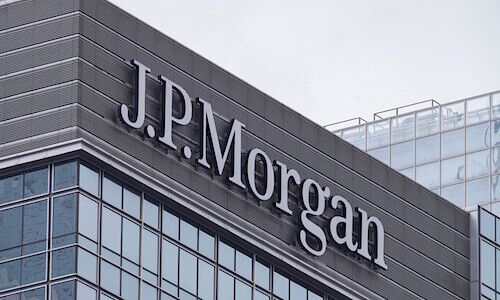Botox, cigars and high-end skin cream feature in Julius Baer's sixth annual Wealth Report Asia, which monitors the cost of living in luxury and wealth creation trends.
Since its launch in 2011, the Julius Baer Lifestyle Index has trended lower, while broadly sustaining the gap over conventional inflation. For 2016, a mixed picture emerges whereby 13 luxury items, such as watches, ladies’ shoes, travel costs and men’s suits, posted gains while eight items, including wine and jewellery, managed average single digit drops. These variations are overshadowed by the property market across Asia, which is clearly coming off the boil.
Across the 11 cities in Asia under coverage, Shanghai took the top spot in terms of having the most individual items in the index which were the most expensive. Shanghai is ranked as the most expensive city scoring first place for five items (hospital stay, watch, Botox, cigars and high-end skin cream) and second for another six (property, wedding banquet, ladies’ handbags, men’s suits, cars and ladies’ shoes). Factors, such as exchange rates, taxes and duties can cause a luxury item to cost significantly more on the mainland than overseas.
Singapore Gets Even More Expensive
Singapore has overtaken Hong Kong as the second most expensive city in Asia as the latter suffers from a slowdown in tourist spending. However, Hong Kong has held on to pole position for luxury real estate with Manila being the least expensive. High-end property in Hong Kong is still about five times as costly as the average for the region.
Tokyo has moved up the most in the city ranking, from seventh to fourth place due to the strengthening Japanese yen during the period under review displacing Bangkok, which fell from fifth to seventh. Mumbai scored the most competitive for the second consecutive year. Taking all the items together, the top three most expensive cities are Shanghai, Singapore and Hong Kong.
Boris Collardi - Asia’s Growth on Track
Julius Baer continues to expect HNWI assets across the region to grow to $14.5 trillion by 2020, or a growth of 160 percent in the current decade through to 2020. Specifically for China and India, Julius Baer expects to see HNWI assets of $8.25 trillion in China and $2.3 trillion in India over the coming four years, re-affirming the estimates the Bank published in the 2015 report.
«This year’s Lifestyle Index demonstrates that there remains enormous demand for luxury goods and services in Asia, but it equally signals that asset price fluctuations can be a potential drag on spending. Getting the right, responsible and forward-looking advice out to clients to manage these ups and downs, preserving and growing their wealth, is our core mission, both for the near and longer term,» said Boris F.J. Collardi, Chief Executive Officer of Julius Baer.


















